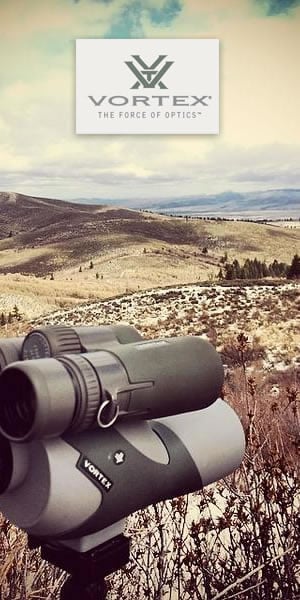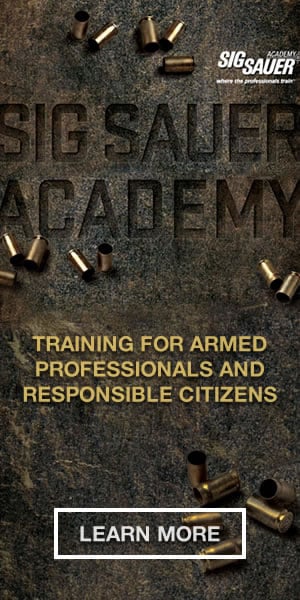Choosing a defensive handgun for the first time, whether for home defense or concealed carry, can be a daunting task for those new to the world of firearms.
Walk into any of the three Vance Outdoors Locations, and the array of handguns available for sport and/or defense is dizzying. There seems to be no end to the choices available, which may make reaching a final decision on what is best for your individual needs challenging. But this is actually a good thing.
Prior to the advent of "shall issue" concealed carry permit systems, compact defensive handguns choices were quite limited. Concealable handguns were mostly designed for police use. Cops could choose a five or six shot .38 Special revolver from Smith and Wesson or Colt, or a .380 Walther PPKs semi-automatic pistol. There were other choices, but in the 1970's and 80's, these were the top three. Today there is something for everyone, including arms that work very well for the recoil shy.
Not everyone that owns a gun is a gun enthusiast, nor do they intend to become one-that's a magical moment that happens all on its own. I imagine most civilian purchasers of defensive firearms are like most cops-they consider their firearms as mere tools-not as instruments of wonder. They plan on shooting their defensive arm minimally, especially if the firearm they select-or that is selected for them-is unpleasant in terms of operation. This ends up happening a lot when, for example, the new purchaser is convinced by external sources that the only defensive pistol worth having is a .45 (or .40). So rather than embracing the gun that was selected based upon that concept, they end up loathing it not shooting it, and wanting something else. So let's look at an example of that "something else".
The Smith and Wesson 351 PD (Personal Defense) is a 7-shot .22 Magnum revolver designed for the type of user that I just described above. Featuring an aluminum cylinder, frame and barrel shroud, the 351 PD weighs in at a mere 10.8 ounces. Grips are cherry colored wood with finger grooves that fit the hand nicely.
Sights are excellent and are an upgrade from the basic sights that are on the Smith and Wesson 642 .38 Special I carry on an almost daily basis. There is a Hi Viz fiber optic orange sight up front, while a channel in the top strap of the frame forms the rear sight. The front sight is easy to pick up even under low level interior light, and are hard to beat for close range encounters.
The 351 PD, unlike my aforementioned 642, has an exposed hammer. This means that those who find a double action revolver trigger difficult to manage due to injury or hand strength issues, can fire their seven shots in single action mode by cocking the hammer with the thumb of their weak hand for each shot. It is surprising how fast one can be using this method.
I took the 351 PD to the range with two different .22 Magnum loads-Hornady's 30 Grain Vmax and CCI's 40 grain Maxi Mag Full Metal Jacket load, my chronograph, and a 25 lb. block of moist modeling clay to use as a ballistic test medium.
The Hornady 30 Grain Vmax was easy to load, fire, and eject. Its pointed profile allows it to smoothly slide in the cylinders for loading. Reloads can carried conveniently in a Tuff Product's "QuickStrip" speedloader (the one for .22 Long Rifle also works for the Magnum rounds).
The 30 Grain Vmax load operated perfectly and without recoil. There was a bit of muzzle flash-just enough to let you know you were launching a bullet down range with some authority. There were zero malfunctions, and all fired rounds ejected smoothly. I did not do a clay block test for testing the Vmax load because my previous testing of this round from a North American Arms .22 Magnum Sidewinder revolver showed excellent performance in a 25 lb. block of modeling clay. The Hornady Vmax round round registered a muzzle velocity of 1201 FPS (equivalent to a .22 LR round when fired from an full length rifle) and penetrated 12 inches into the 25 lb. block, creating a cavity that at its widest point measured 2.5 inches.
The round that I chose to run through ballistic testing was the CCI 40 grain Maxi Mag FMJ bullet. Out of a two inch barreled revolver, ammunition designed to give its maximum ballistic performance from a rifle will lose significant velocity when fired from a short barreled pistol. Factory ratings when fired from a rifle show the 40 grain Maxi Mag has a muzzle velocity of 1878 FPS when fired from a rifle. When fired from the 351 PD, velocity was degraded to an average of 1107 FPS. While this yields only 109 FPE (about a third of the power of a 9mm), performance in modeling clay showed significant defensive potential.
The clay block I used was 10.5 inches long-block lengths vary-and the CCI FMJ load penetrated it, which is a good thing. The bullet also showed a slight tendency to be unstable (but not in flight) and curved about 30 degrees to the left rather than passing straight. This trajectory caused somewhat more damage potential through the block than had the bullet traveled in a straight line. It created a 2.5 inch wide cavity, narrowing to 1.5 inches wide at its point of exit. Pretty impressive for a compact .22 Magnum revolver. If I was to keep the 351 PD as a defensive handgun, this is the round I would carry in it.


